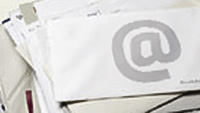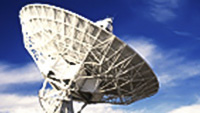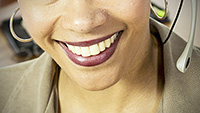Search and order online
Hanging for Grasp
- Video Online only
- Title Hanging for Grasp
- Released: 29/09/2021
- Length 00:00:24
- Language English
- Footage Type Interior Shot
- Copyright ESA/NASA
- Description
ESA astronaut Thomas Pesquet is on his second mission to the International Space Station called Alpha and took this video of a science run for the GRASP experiment, the video is eight times faster than normal speed.
Thomas commented on social media with the text: “The stuff we do for researchers! Hanging by a web this is the Grasp experiment where we reach for objects in virtual reality and the equipment records our movements. See the laptop on the right, it is showing where my eyeballs are looking. The goal is to understand the finer points of the brain, the eyes, the arm and hand muscles, and the coordination between them all. Imagine if somebody threw a raw egg at you and you catch it without breaking it. The amount of processing your brain does, and the fine coordination of millions of electrical signals to your muscles in that case is beyond belief, and researchers want to know how the human body does it!”
The Grasp experiment focuses on how a brain combines the perception of its body with visual information to coordinate hand movement. Researchers suspect that, on Earth, the brain uses gravity as a reference. When reaching for an object, the brain will calculate how far your hand is by using visual clues as well as how shoulder muscles counteract the downward force of gravity to keep your arm straight. The sensation of floating for months on end is something our brains never had to deal with until last century and seeing how they adapt offers interesting clues to their workings. The research will help us to identify the workings of the vestibular system that keeps our balance, and how it connects to the other sensory organs. In other words, Grasp is researching the physiology behind eye–hand coordination as well as shedding light on how to treat patients showing a loss of vestibular function on Earth. For astronauts, the research will be useful during spacewalks, where coordination in weightlessness with few visual clues is of utmost importance.
Over 200 experiments are planned during Thomas’ time in space, with 40 European ones and 12 new experiments led by the French space agency CNES
Latest updates on the Alpha mission can be found via @esaspaceflight on Twitter, with more details on ESA’s exploration blog via thomaspesquet.esa.int.
Background information on the Alpha mission is available at www.esa.int/MissionAlpha with a brochure at www.esa.int/AlphaBrochure. .


